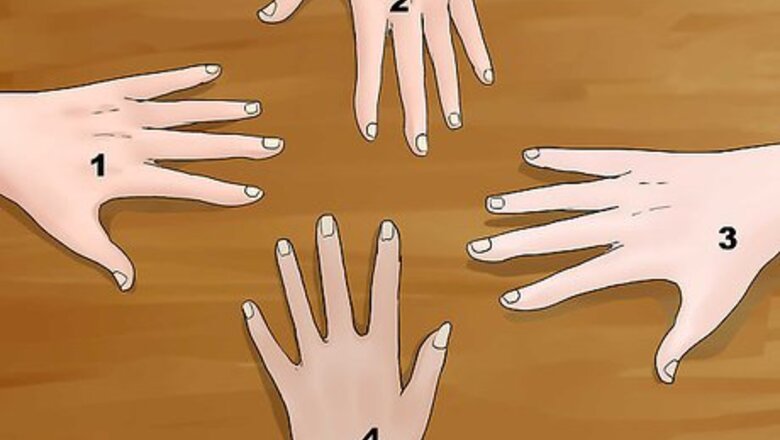
views
Setting Up
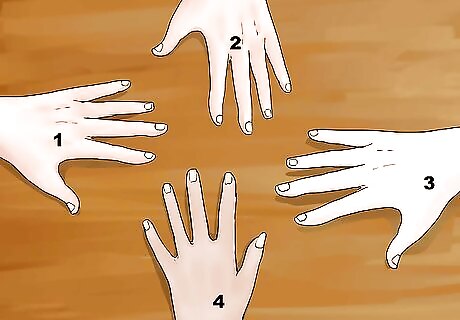
Play with 2-4 players. You can’t play Skip-Bo Junior with less than 2 people or more than 4 people. If you have more than 4 people, take turns playing, or split up into teams.
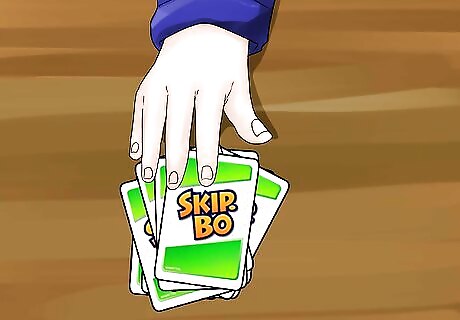
Have the oldest player deal everyone 10 cards face down. The dealer is always the oldest player. The cards everyone is dealt are their “stockpile.” The goal of the game is to get rid of all the cards in your stockpile before anyone else. If you want a shorter game, deal out fewer cards. For a longer game, deal out more cards.
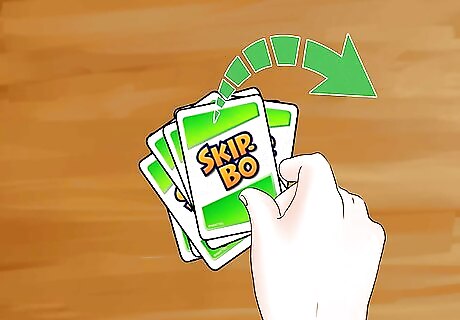
Turn the top card on your stockpile face up. Place the card on the top of your stockpile after you turn it face up. Every player should do this, including the dealer.
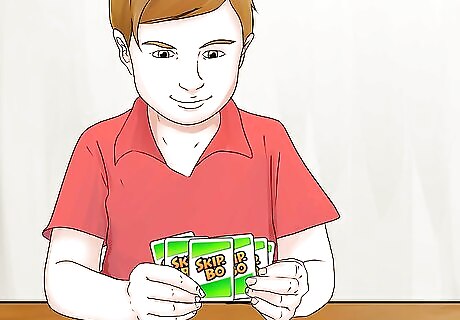
Let the youngest player go first. The youngest player always gets to go first in Skip-Bo Junior.
Playing the Game
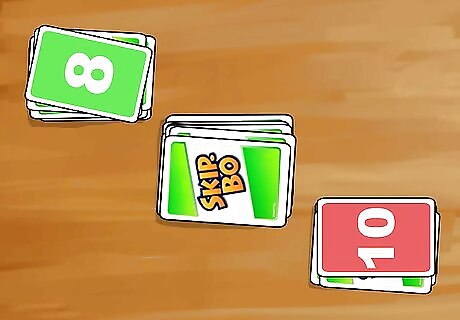
Have the dealer deal the first player 3 cards face up. The cards should be spread out in a row next to each other. These 3 cards are known as the player’s “hand.” At the beginning of every player’s turn, they’re dealt 3 new face-up cards into their hand.
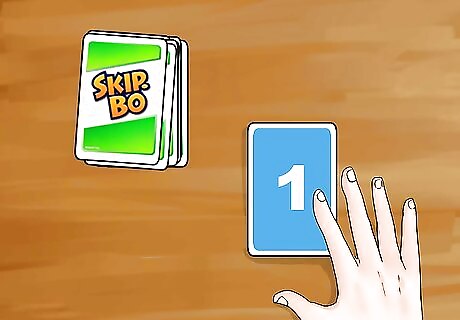
Let the first player play a “1” card or wild card if they have it. Playing a card means putting it on 1 of the 4 building piles in the center of the playing area (there shouldn’t be any building piles at this point). Building piles are created by playing the numbers 1 through 10 in order. To play on a building pile, you need the next card up in the sequence. The first player needs to have a “1” card or wild card to get a pile started. There are two places the first player might have a “1” card or wild card: Their stockpile: If the face-up card on top of the first player’s stockpile is a “1” card or wild card, they can play it. After they play it, they should flip the next card in their stockpile face up. Their hand: If one of the 3 cards the dealer gave them is a “1” card or wild card, they can play that card.

Have the first player pass if they can't play any cards. Whenever a player can't play a card from their hand or stockpile, their turns ends. Play passes to the player on their left.
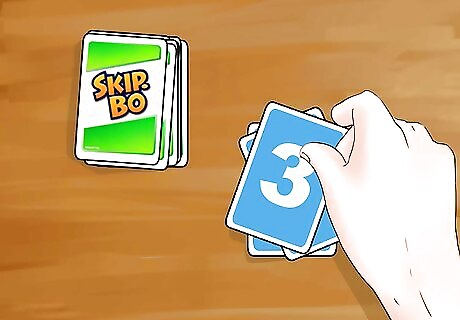
Let the first player play until they can’t play any more cards. There’s no limit to how many cards a player can play during their turn. Your turn ends when you can’t play any of the cards in your hand or the top card in your stockpile. After your turn is over, play moves to the left. For example, if the first player had a “1” card in their hand and played it, they could then play a “2” card on top of the “1” card if they have one. If they also had a “3” card, they could then play that on top of the “2” card, and so on. If the first player had two “1” cards, they could start two separate building piles in the middle of the playing area. There can only be 4 building piles at a time.

Deal the second player their hand and let them take their turn. The second player can play off of the building piles the first player started, or create new building piles with “1” cards or wild cards. The second player’s turn is over when they can no longer play any cards. For example, if the second player has a “4” card in their hand, and there’s a building pile with a “3” card on top, they could play their “4” card on that building pile.
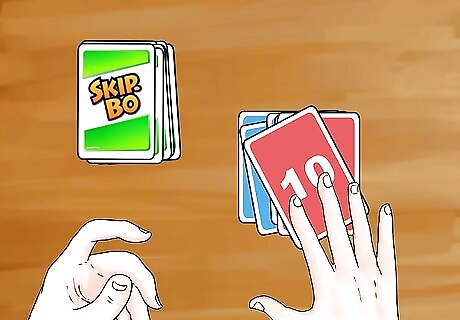
Continue playing until one player plays all the cards in their stockpile. When a player plays the last card in their stockpile, the game is over and they’re the winner. Collect all the cards and shuffle them back together. If you want to play again, deal out 10 cards to each player face down and start the game over again, with the youngest player going first.
Following Other Important Rules

Use wild cards to replace any number in the sequence. You can use a wild card in place of any card in the game. For example, if you had a wild card and the top card on one of the building piles was a "7," you could play your wild card as an "8" card.

Remove a building pile whenever it reaches 10 cards. When a player plays a “10” card — or a wild card they’re using as a 10 — on top of a building pile, that building pile is completed and it should be removed from the playing area. A player can start a new building pile in its place using a “1” card or wild card.
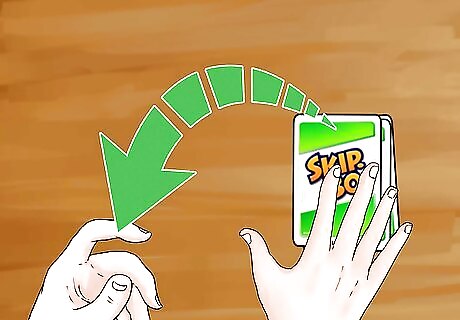
Stack your new hand on your old hand if you didn’t use it last turn. Whenever you don’t use the cards in your hand during your turn, leave them in place face up. On your next turn, place the new hand you’re dealt face up on top of your old hand. If you play a card from your hand and reveal a card underneath it, you can now play the card that was revealed.
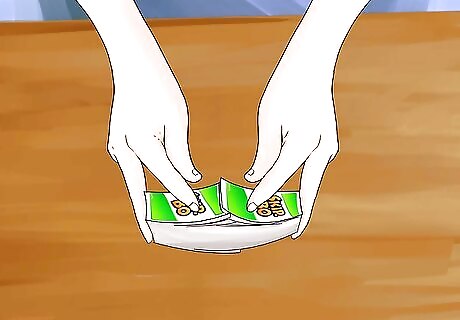
Shuffle the cards from discarded building piles when you run out of cards. If the dealer doesn’t have enough cards to deal a player their hand, the dealer should grab all the cards from previously completed building piles that were discarded and shuffle them together. Those cards are then used to deal players their hands.



















Comments
0 comment